Think Sideways – Don’t constrain your innovation.
3M has a well-deserved reputation as an innovative company.
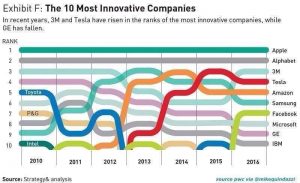
The invention of the Post-it note is perhaps the most famous story of what 3M does, but there are numerous other examples of how it creates new things in new ways.
In my book “The Prisoner and the Penguin”, I told the story of how a banjo-playing, engineering school dropout and 3M employee called Dick Drew created masking tape.
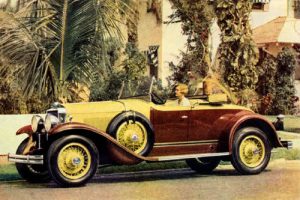
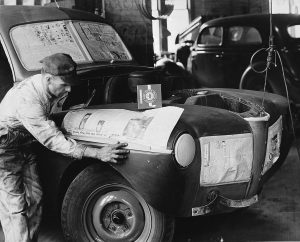
Two tone cars were all the rage in the 1920s but were causing a serious problem for mechanics in body shops as they tried to create this effect. The problem was the masking – no one knew how to do this well, so most improvised. They glued old newspapers to the body and windows with library pastes, homemade glues or surgical adhesive tape. While this helped create a sharp demarcation between the two colours, the adhesives stuck so firmly that trying to remove them often ruined the paint job.
Drew vowed to solve the problem and finally did using ingenuity and a little bit of cheek to get around the procurement people and get his prototype made. The answer was in effect sandpaper without the sand and a sticky but not permanent adhesive.
This was the end of my story but in fact was really just a chapter in the bigger book of 3M innovations.

One of the next chapters features Drew again. Working on another project and now technical director of 3M’s Product Fabrication Laboratory, he was immediately intrigued when one of his team showed him a sample of a new moisture-proof packaging material from Dupont – Cellophane.
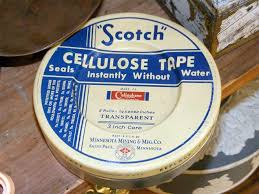
He saw the potential for it as a new backing for masking tape and despite having to reformulate the adhesive used, he and his team went onto produce what was originally called Scotch® Brand Cellulose Tape, was later renamed Scotch® Transparent Tape and nowadays is known simply as Scotch® Tape.
So ended another chapter, but the 3M’s innovation book continued as Larry Wendling, VP of Corporate Research 3M explained in ‘Imagine: How Creativity Works’ by Jonah Lehrer.
“You might think an idea is finished, that there’s nothing else to do with it, but then you talk to somebody else in some other field. And your little idea inspires them, so they come up with a brand-new invention that inspires someone else. That, in a nutshell, is our (3M’s) model”
Masking Tape bumped into panelling and this led to the development of sound dampening panels. The idea was based on the adhesives used in industrial strength masking tape.
This in turn led to the development of another product for another market – Scotch-Weld a super-strong adhesive foam.
The adhesive from Scotch® Tape was the basis for much of the smart screen technology and coatings and also the more specialist light refracting films invented by 3M.
As Wendling aptly concludes, “The lesson is that the tape business isn’t just about tape.”
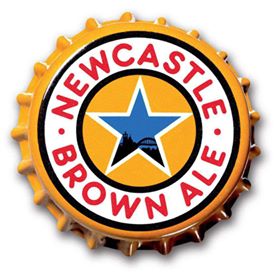
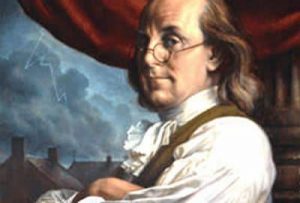
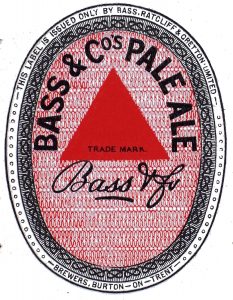
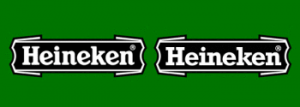 Heineken’s logo contains the distinctive ‘smiling’ e’s. The story behind them is that in 1964, Alfred Henry Heineken, the grandson of the original founder decided to change the look of the brand name on the label. He wanted to make the logo ‘more friendly’ to women who were more often the ones buying the family groceries so rotated them to appear as if they were smiling.
Heineken’s logo contains the distinctive ‘smiling’ e’s. The story behind them is that in 1964, Alfred Henry Heineken, the grandson of the original founder decided to change the look of the brand name on the label. He wanted to make the logo ‘more friendly’ to women who were more often the ones buying the family groceries so rotated them to appear as if they were smiling.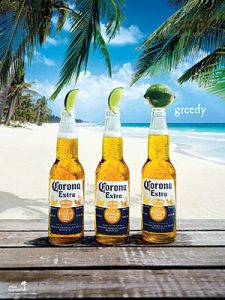
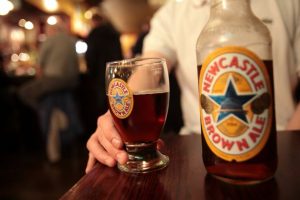 Over the years, it developed its own drinking ritual but one that has nothing to do with limes! Newcastle Brown was traditionally sold in 1 pint (568 ml) or more recently, 550-millilitre bottles but is served and drunk from a 12-imperial-fluid-ounce (340 ml) Wellington glass. The reason being is that this allows the drinker to regularly top-up the beer and thereby maintain a frothy “head”
Over the years, it developed its own drinking ritual but one that has nothing to do with limes! Newcastle Brown was traditionally sold in 1 pint (568 ml) or more recently, 550-millilitre bottles but is served and drunk from a 12-imperial-fluid-ounce (340 ml) Wellington glass. The reason being is that this allows the drinker to regularly top-up the beer and thereby maintain a frothy “head”